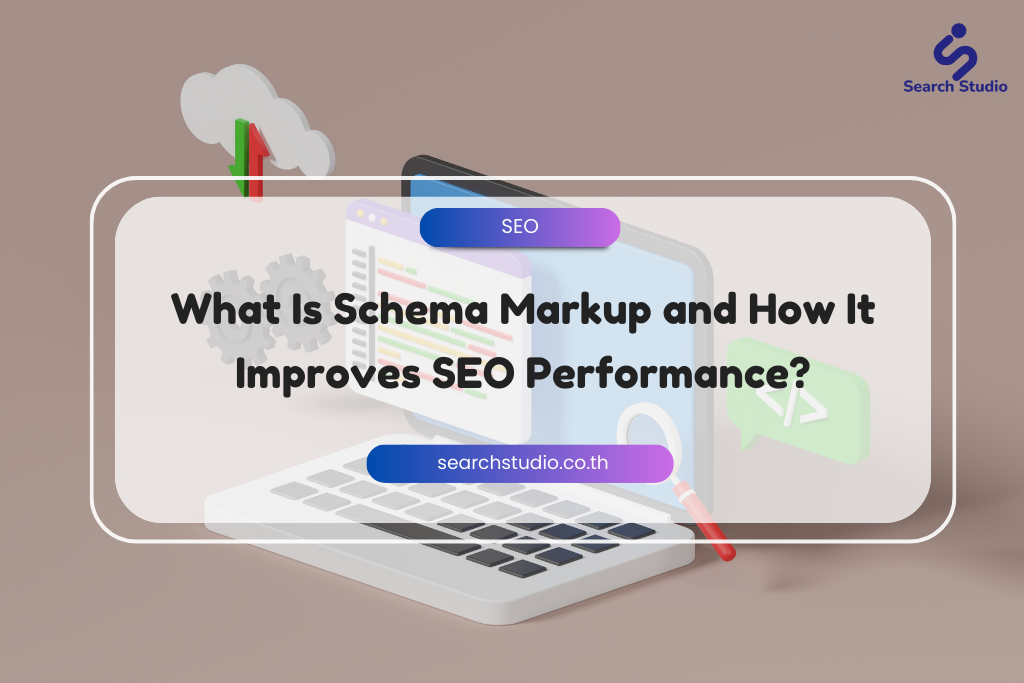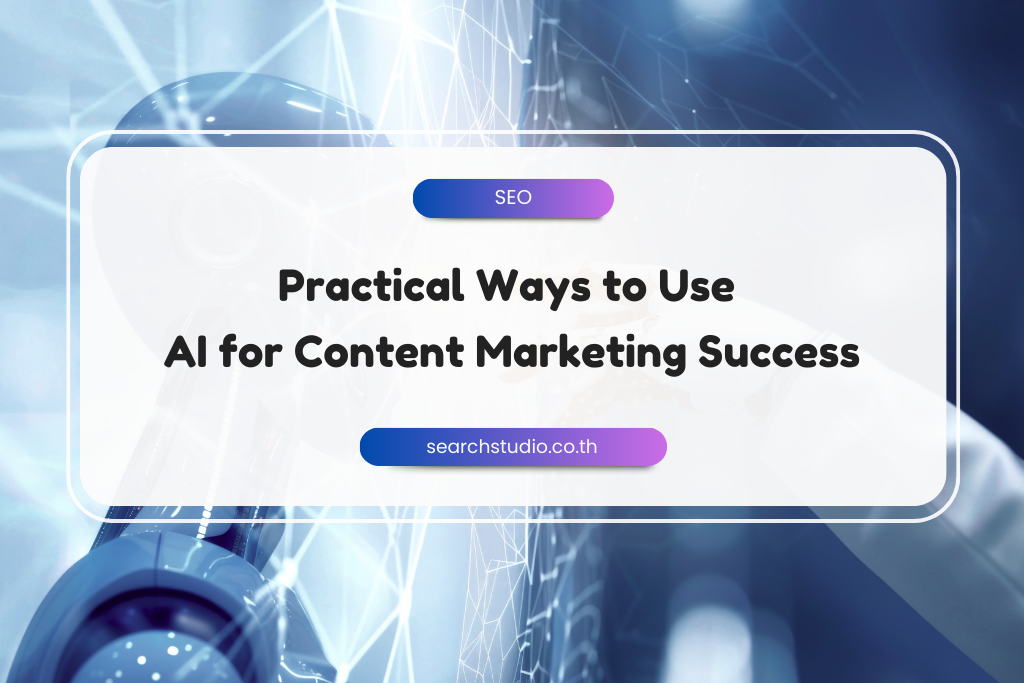
Introduction
In today’s digital landscape, where websites are the virtual storefronts of businesses, the synergy between user experience (UX) design and search engine optimization (SEO) is paramount. UX design focuses on creating a seamless and satisfying experience for visitors, while SEO ensures your website ranks high in search engine results. In this article, we’ll explore the world of UX design, delve into its impact on SEO, and discuss best practices to harmonize both for a website that not only pleases users but also performs well in search engines.
Definition of User Experience (UX) Design
User experience, often referred to as UX design, encompasses the process of enhancing user satisfaction by improving the usability, accessibility, and overall interaction between users and a product or service. In the context of websites, UX design aims to create an intuitive, engaging, and efficient experience for visitors. This involves understanding user behaviors, needs, and preferences to design interfaces that are easy to navigate and visually appealing.
The Intersection of UX Design and SEO
While UX design primarily focuses on user satisfaction, its impact extends beyond the realm of aesthetics. User experience directly influences how visitors interact with your website, how long they stay, and whether they convert into customers. These factors, in turn, affect SEO. Search engines like Google aim to provide users with the best possible results for their queries. Websites that offer a positive user experience are more likely to receive higher rankings in search engine results pages (SERPs).

User Experience’s Role in SEO
User experience affects SEO in several ways:
Bounce Rates and Dwell Time: A positive UX design can reduce bounce rates (visitors leaving the site quickly) and increase dwell time (time spent on the site). Both factors are important for SEO, as they signal to search engines that your content is relevant and engaging.
Click-Through Rates (CTR): An intuitive and enticing user experience often leads to higher click-through rates from search results. This higher CTR sends positive signals to search engines and can contribute to improved rankings.
Mobile-Friendliness: With the emphasis on mobile-first indexing, a responsive and mobile-friendly design enhances user experience on various devices, which positively impacts SEO.
Page Speed: A well-designed website often translates to faster loading times, reducing user frustration and encouraging longer visits. Page speed is a known ranking factor in SEO algorithms.
The Dynamics of UX Design on SEO
Navigation and Structure: Intuitive navigation and clear website structure make it easier for users to find what they’re looking for. This leads to longer browsing sessions and increased chances of conversions – both of which enhance SEO.
Engaging Content: UX design focuses on presenting content in a visually appealing and easily digestible manner. Engaging content encourages users to explore further, share, and link to your pages, indirectly benefiting your website’s SEO.
Mobile Responsiveness: A seamless user experience across various devices, achieved through responsive design, contributes to lower bounce rates and higher engagement, positively affecting SEO.

Best Practices for Harmonizing UX Design and SEO
Keyword Research and Placement: Incorporate relevant keywords naturally into your content, headings, and meta descriptions. Ensure they align with the user’s search intent while maintaining a user-friendly experience.
Mobile-Friendly Design: Prioritize responsive design to ensure your website looks and functions well on all devices, enhancing user experience and improving mobile SEO.
Page Speed Optimization: Compress images, minimize code, and leverage browser caching to improve page load times. This enhances user experience and satisfies Google’s preference for fast-loading websites.
Intuitive Navigation: Design a clear and organized website structure that guides users seamlessly through your content, reducing bounce rates and encouraging longer visits.
Engaging Content Presentation: Use headings, subheadings, bullet points, and multimedia to present content in an engaging and reader-friendly manner. This enhances user experience and encourages users to stay on your page.
Accessibility: Ensure your website is accessible to all users, including those with disabilities. Accessibility not only improves user experience but also aligns with SEO guidelines.
The Relationship Between SEO and UX Design
In the ever-evolving landscape of digital marketing, the relationship between SEO and UX design is more critical than ever. Websites that prioritize user experience are more likely to satisfy both visitors and search engine algorithms. As Google and other search engines continually refine their algorithms to prioritize user-centric experiences, investing in UX design has become an essential aspect of successful SEO strategies.
Conclusion
In the intricate web of digital marketing, the fusion of user experience (UX) design and search engine optimization (SEO) is a game-changing strategy. UX design, centered around user satisfaction and efficient interaction, directly impacts how visitors engage with your website. This engagement, in turn, influences your website’s performance in search engine rankings. By harmonizing UX design and SEO through practices such as mobile responsiveness, intuitive navigation, engaging content presentation, and keyword optimization, you create a website that not only pleases users but also climbs the ranks of search engine results.
In an era where the digital realm is a competitive battleground, understanding the powerful interplay between UX design and SEO is key to crafting a virtual presence that captivates users, drives conversions, and secures your place at the top of the search engine hierarchy. As you embark on the journey of enhancing your website’s user experience, remember that every positive interaction and click is a step closer to achieving your SEO goals and establishing a lasting digital footprint.






